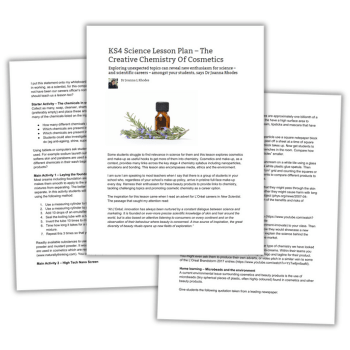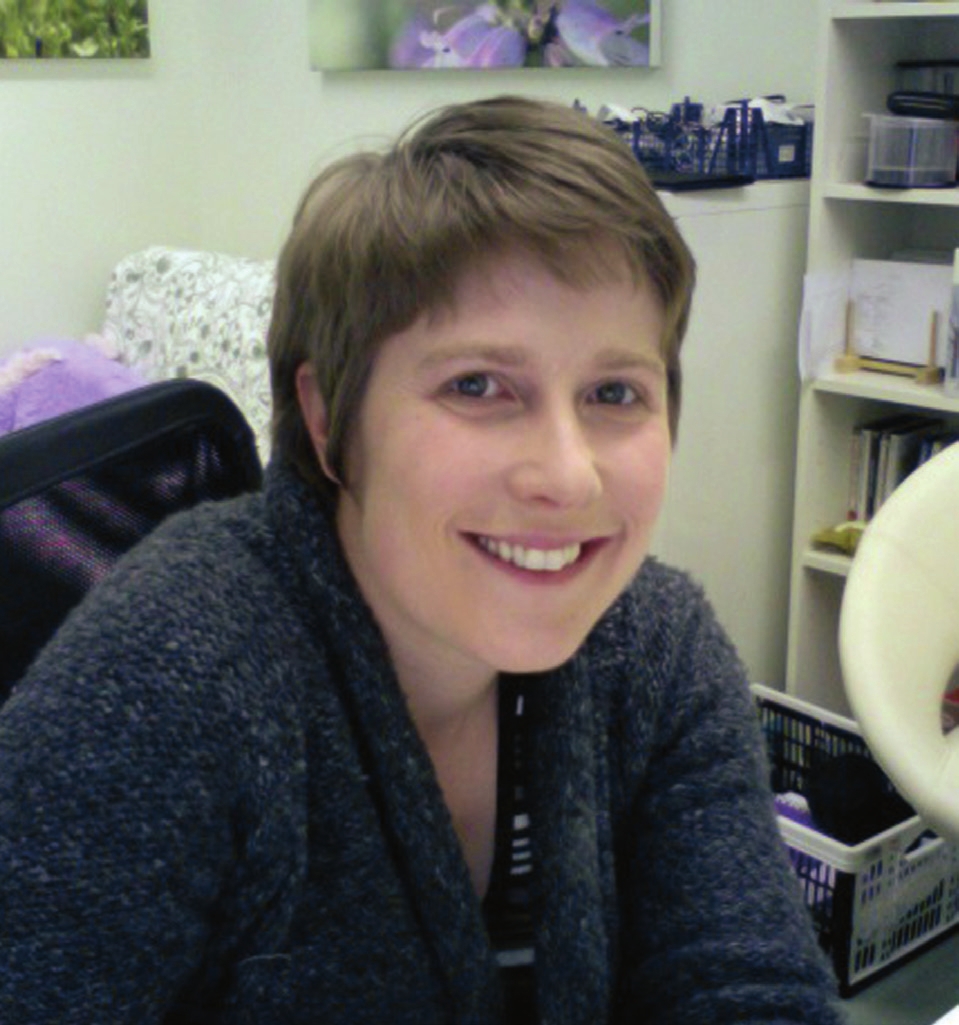Exploring unexpected topics can reveal new enthusiasm for science – and scientific careers – amongst your students. This cosmetic chemistry lesson plan by Dr Joanna L Rhodes uses cosmetics and make-up as useful hooks to get more of them into chemistry…
Cosmetics and make-up, as a context, provide many links across the KS4 chemistry syllabus including nanoparticles, emulsions and bonding. This lesson also encompasses media, ethics and the environment.
Why teach this?
I am sure I am speaking to most teachers when I say that there is a group of students in your school who, regardless of your school’s make-up policy, arrive in pristine full-face make-up every day.
Harness their enthusiasm for these beauty products to provide links to chemistry, tackling challenging topics and promoting cosmetic chemistry as a career option.
The inspiration for this lesson came when I read an advert for L’Oréal careers in New Scientist. The passage that caught my attention read:
“At L’Oréal, innovation has always been nurtured by a constant dialogue between science and marketing. It is founded on ever-more precise scientific knowledge of skin and hair around the world, but is also based on attentive listening to consumers on every continent and on the observation of their behaviour where beauty is concerned. A true source of inspiration, the great diversity of beauty rituals opens up new fields of exploration.”
I put this statement onto my whiteboard and posed a single question – “Would you be interested in working, as a scientist, for this company?”.
The students who responded with a “Yes” would not have been our careers officer’s normal target audience for chemistry jobs. Perhaps that should teach us a lesson too?
Starter activity
Collect as many, soap, cleanser, shampoo and foundation bottles or tubes as you can (preferably empty) and place these around the classroom.
Ask students to make a list of as many of the chemicals listed on the ingredients labels of the bottles as possible.
- How many different chemicals are in the products?
- Which chemicals are present in most soaps, shower gels and shampoos?
- Which chemicals are present in most foundations?
- Students could also investigate the claims. What do these products claim to be able to do (eg anti-ageing, shine, superior cover etc)?
Using tablets or computers, ask students to identify the reasons why cosmetics companies use certain chemicals. For example sodium laureth sulfate is a surfactant and skin cleanser and aloe barbadensis softens skin. Parabens act as preservatives.
Are students surprised by the number of different chemicals in their wash bags? How does that make them feel about using the products?
Dr Joanna Rhodes M.Chem, D.Phil, MRSC is Assistant Principal for Science at Shelley College in West Yorkshire.














